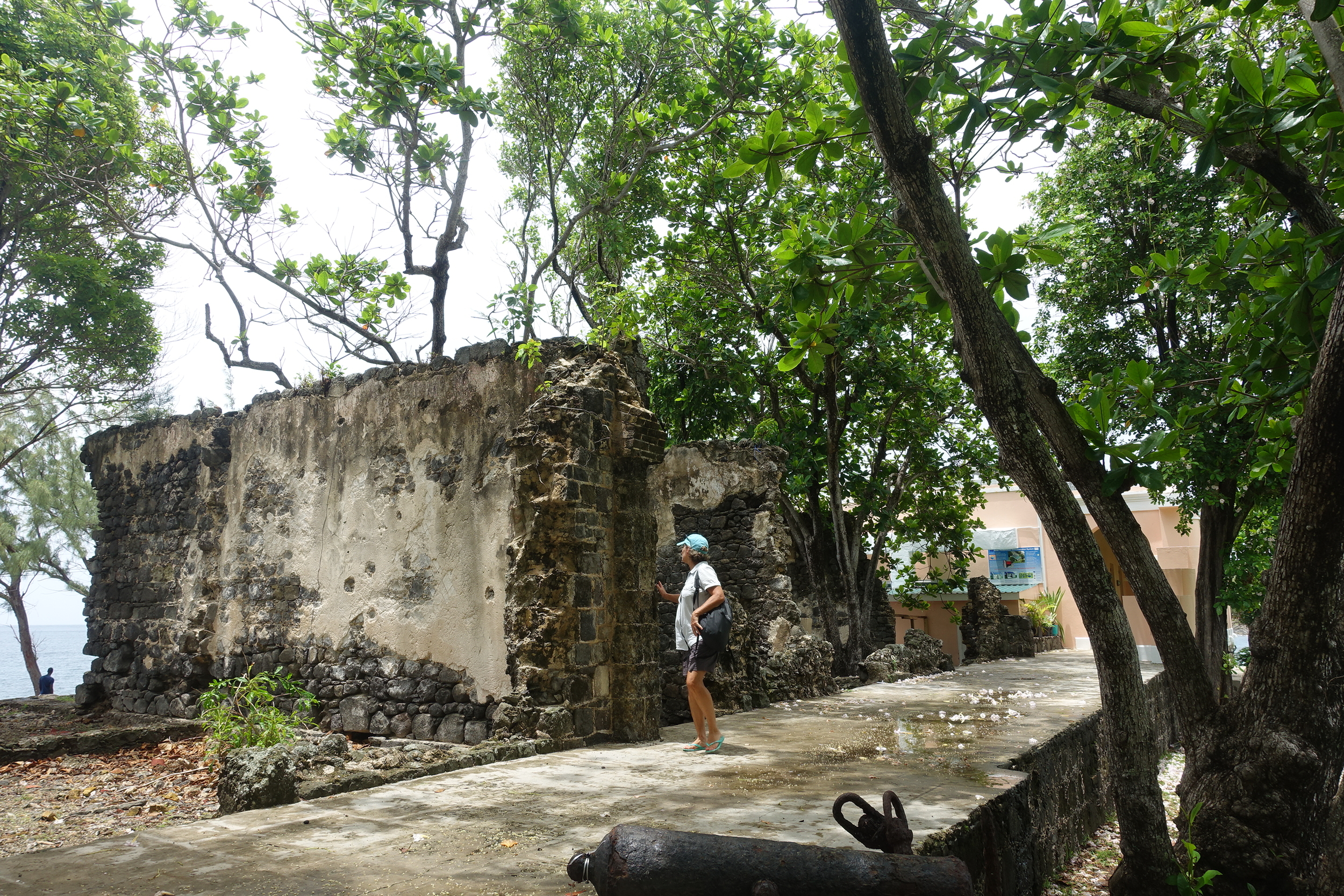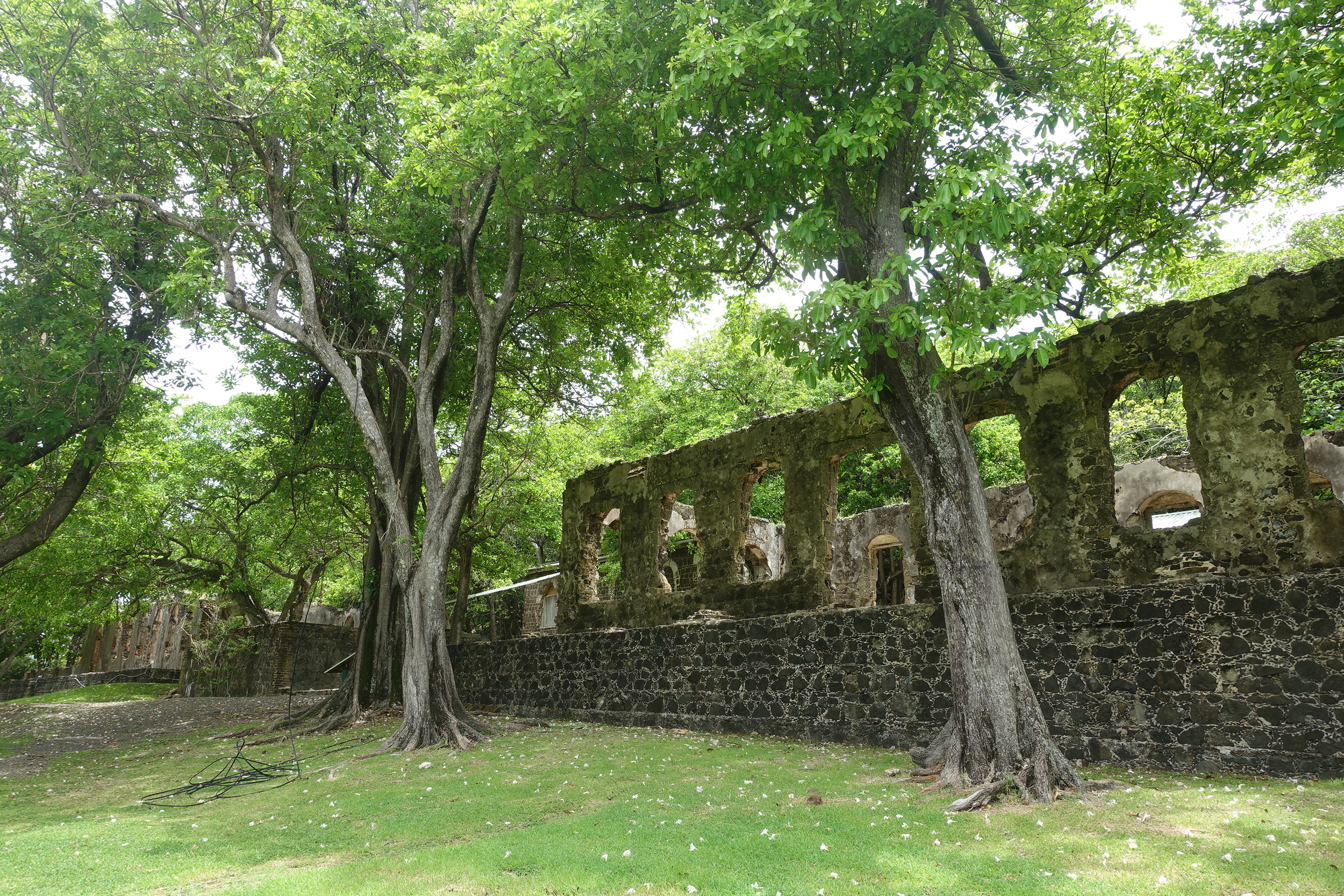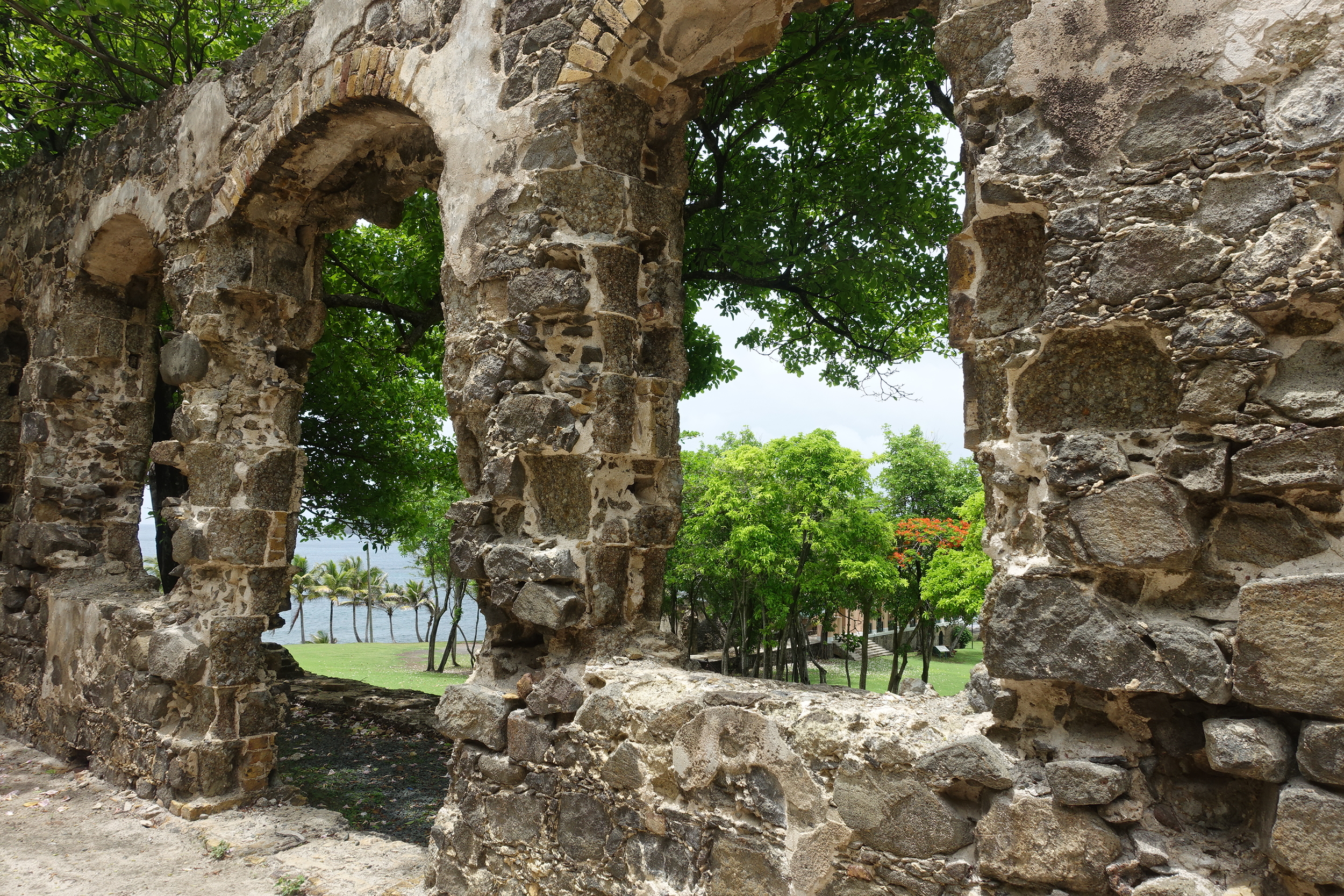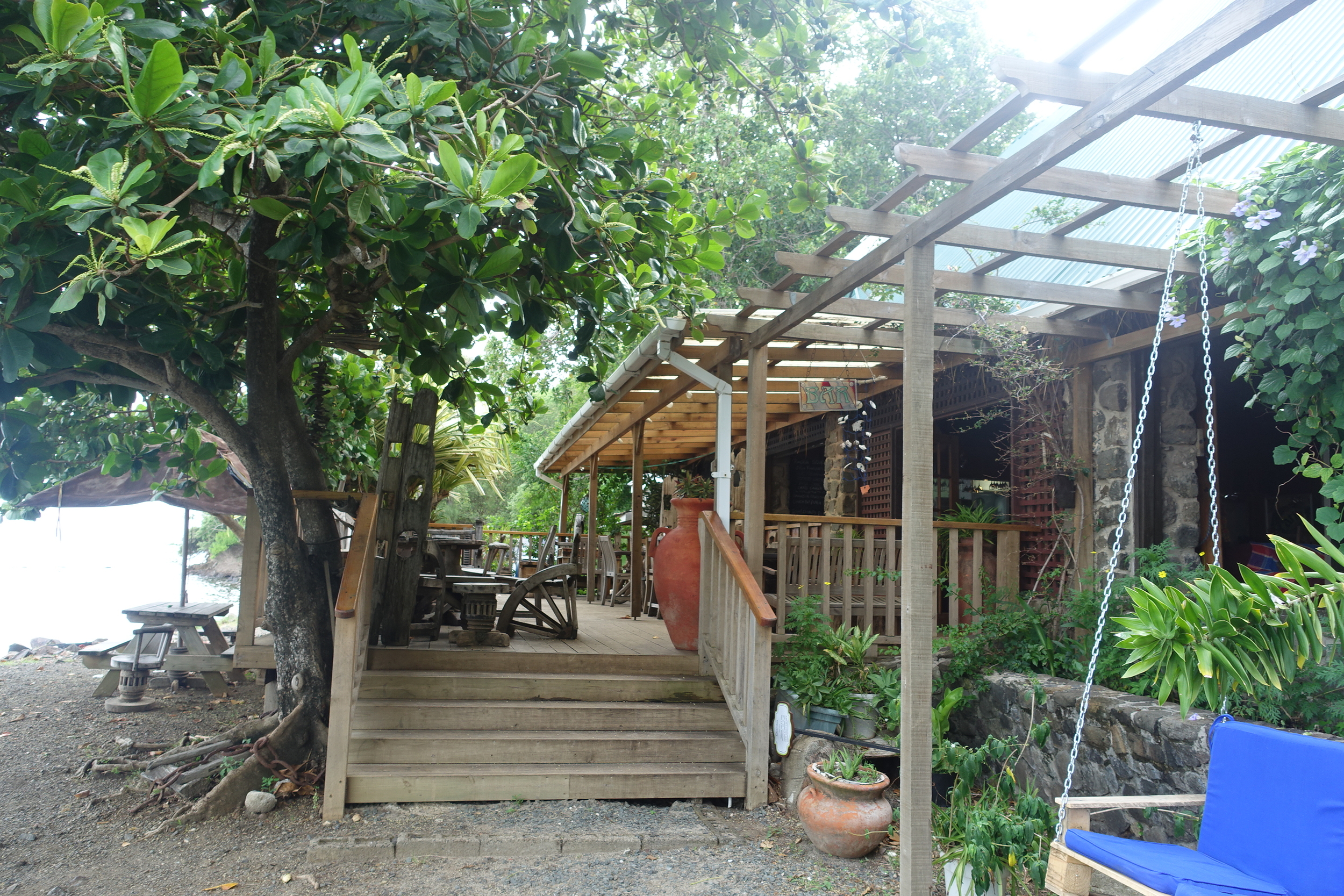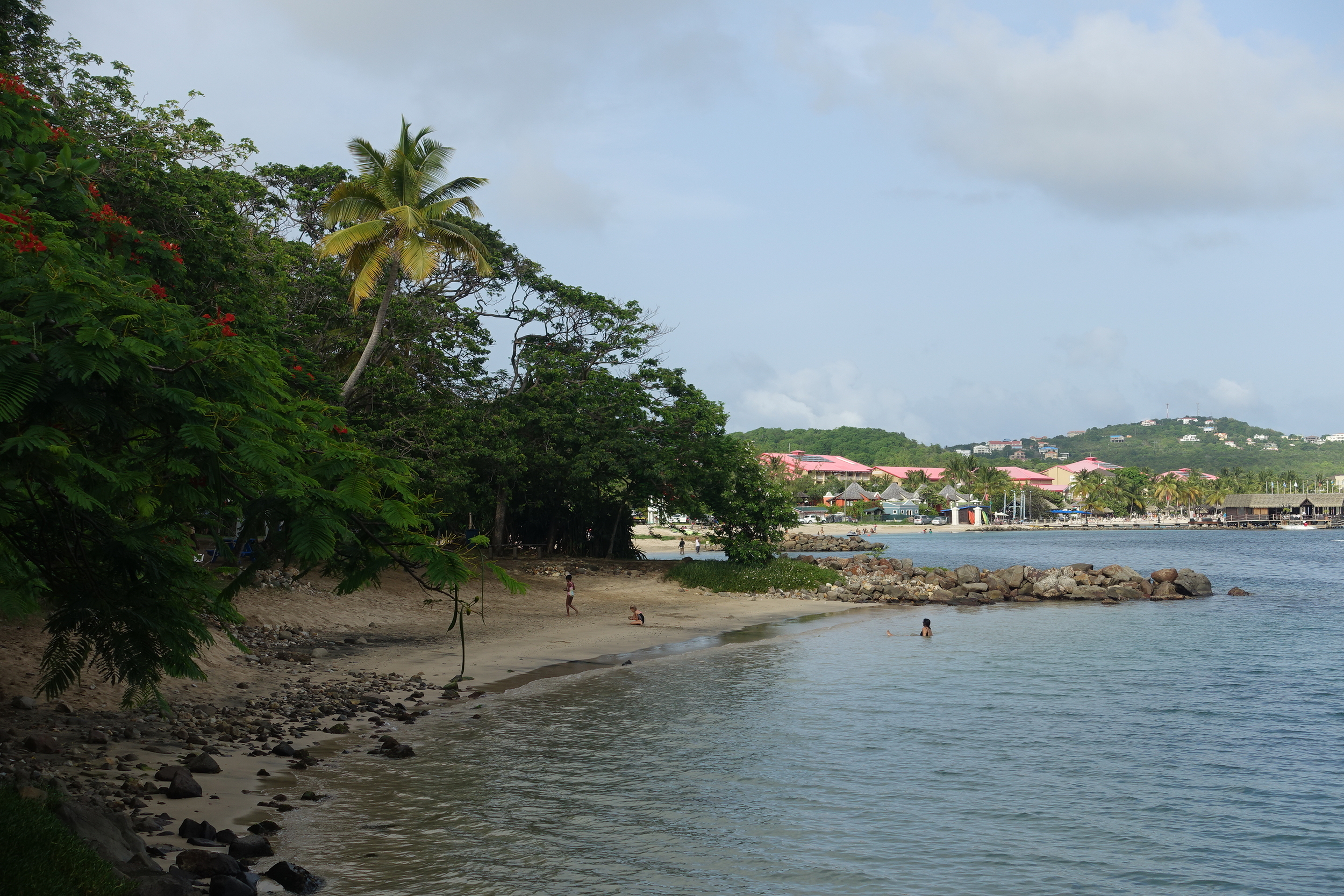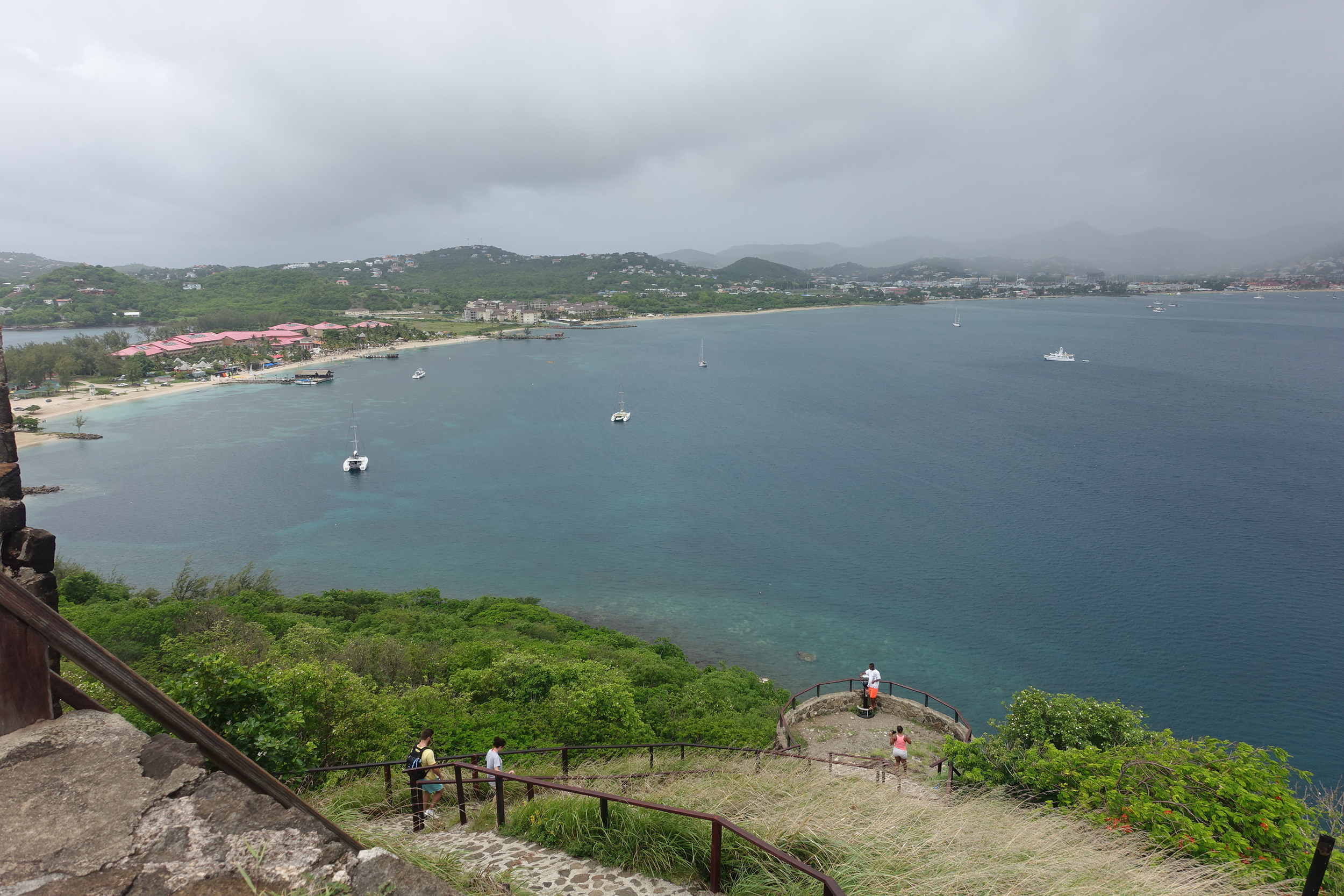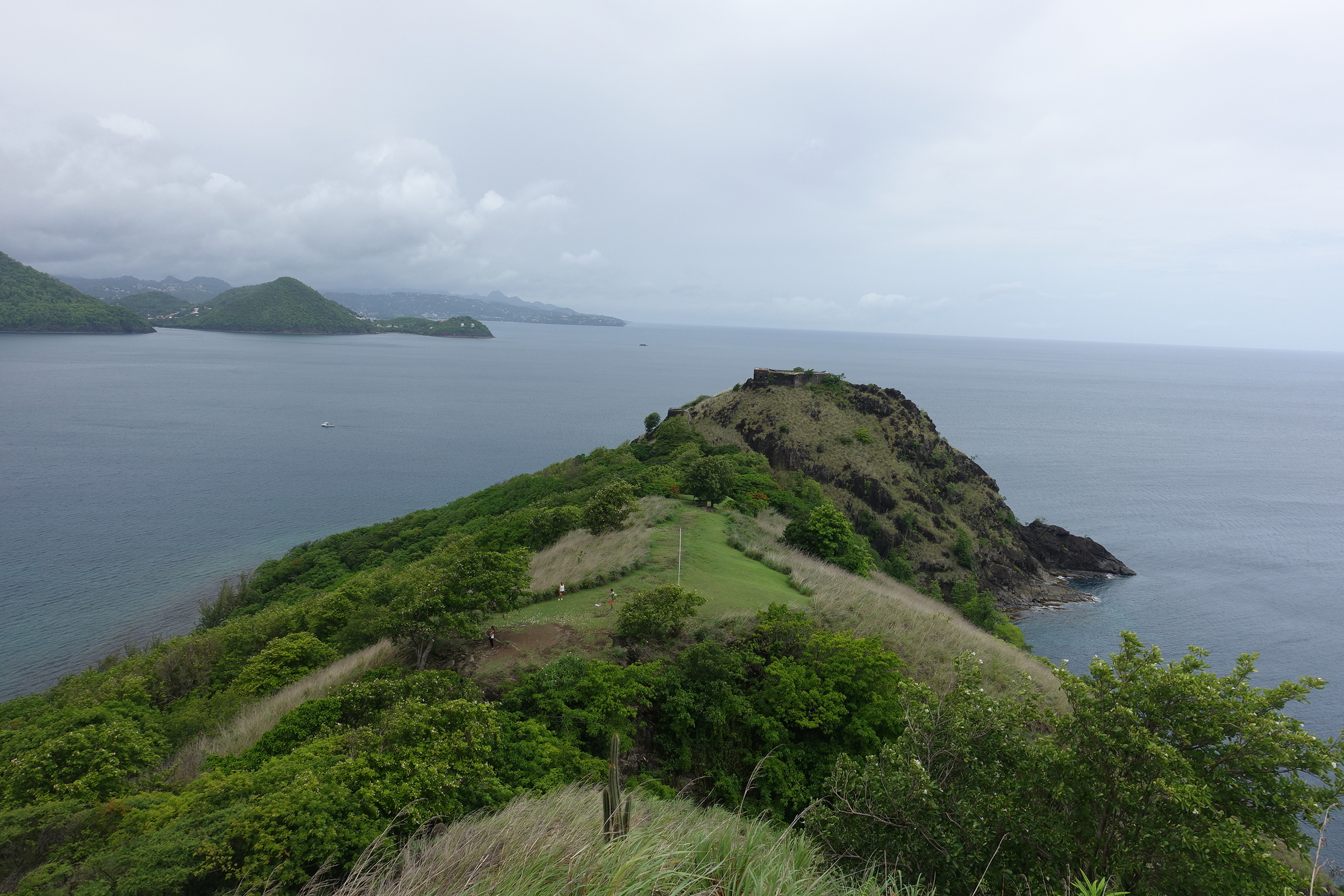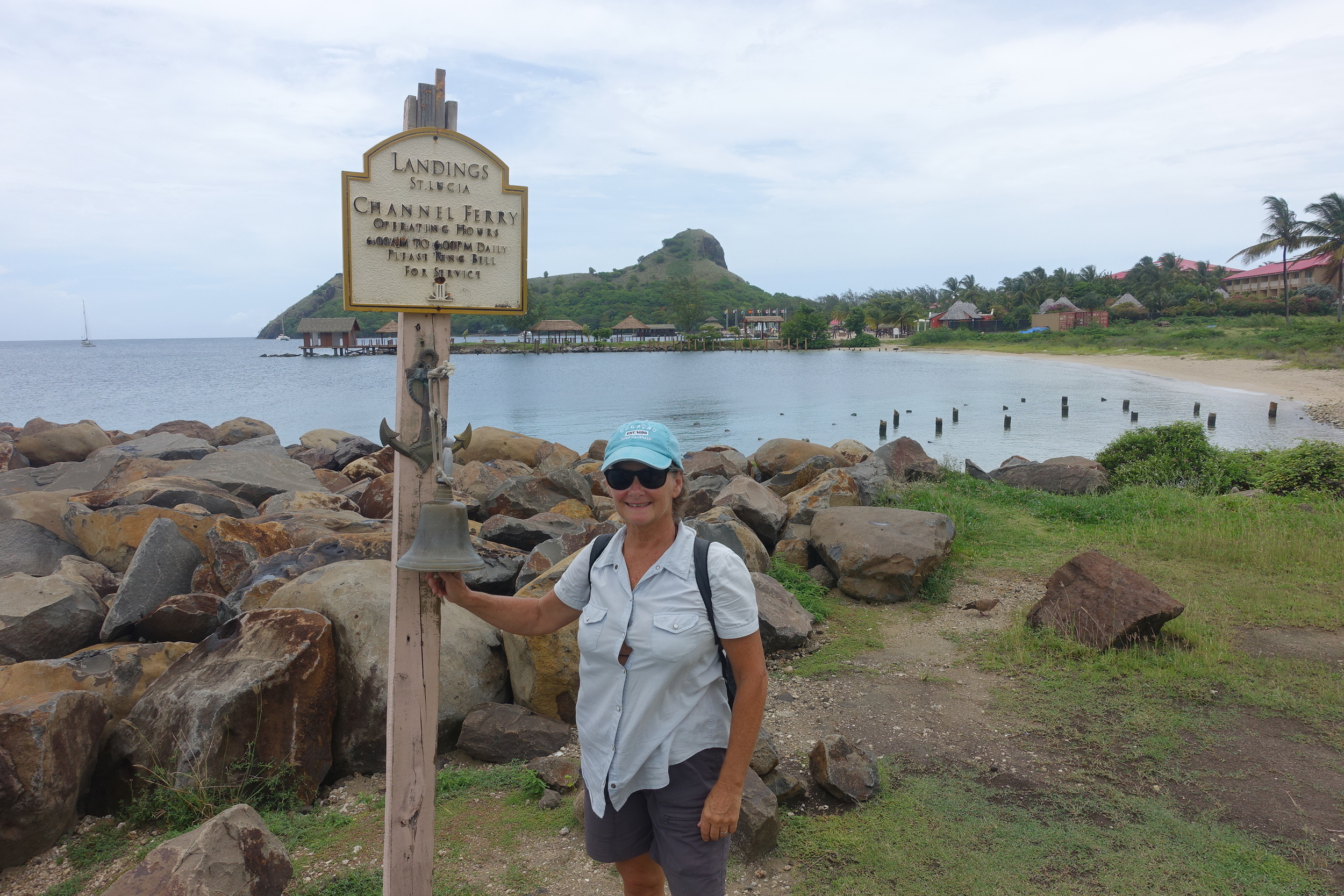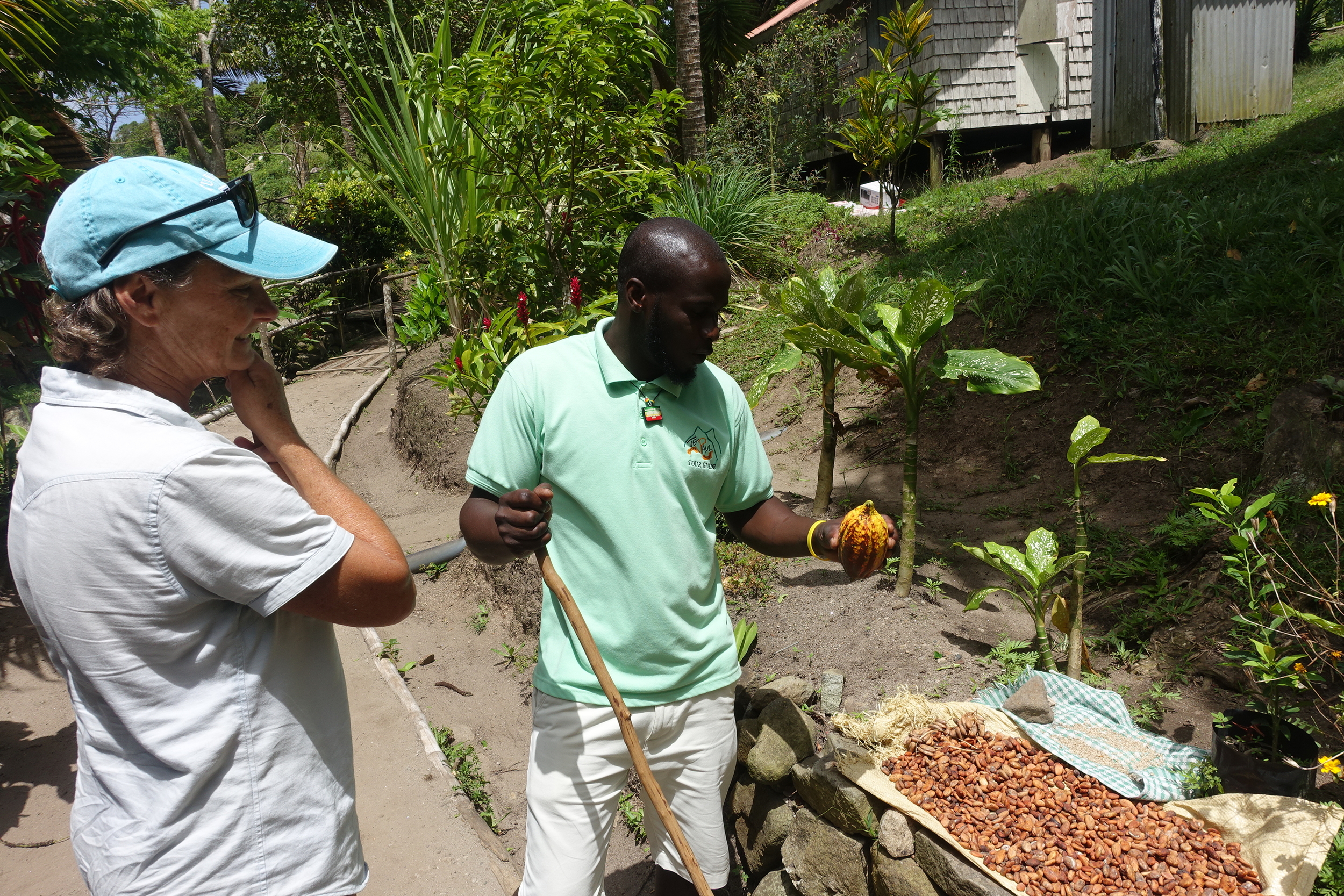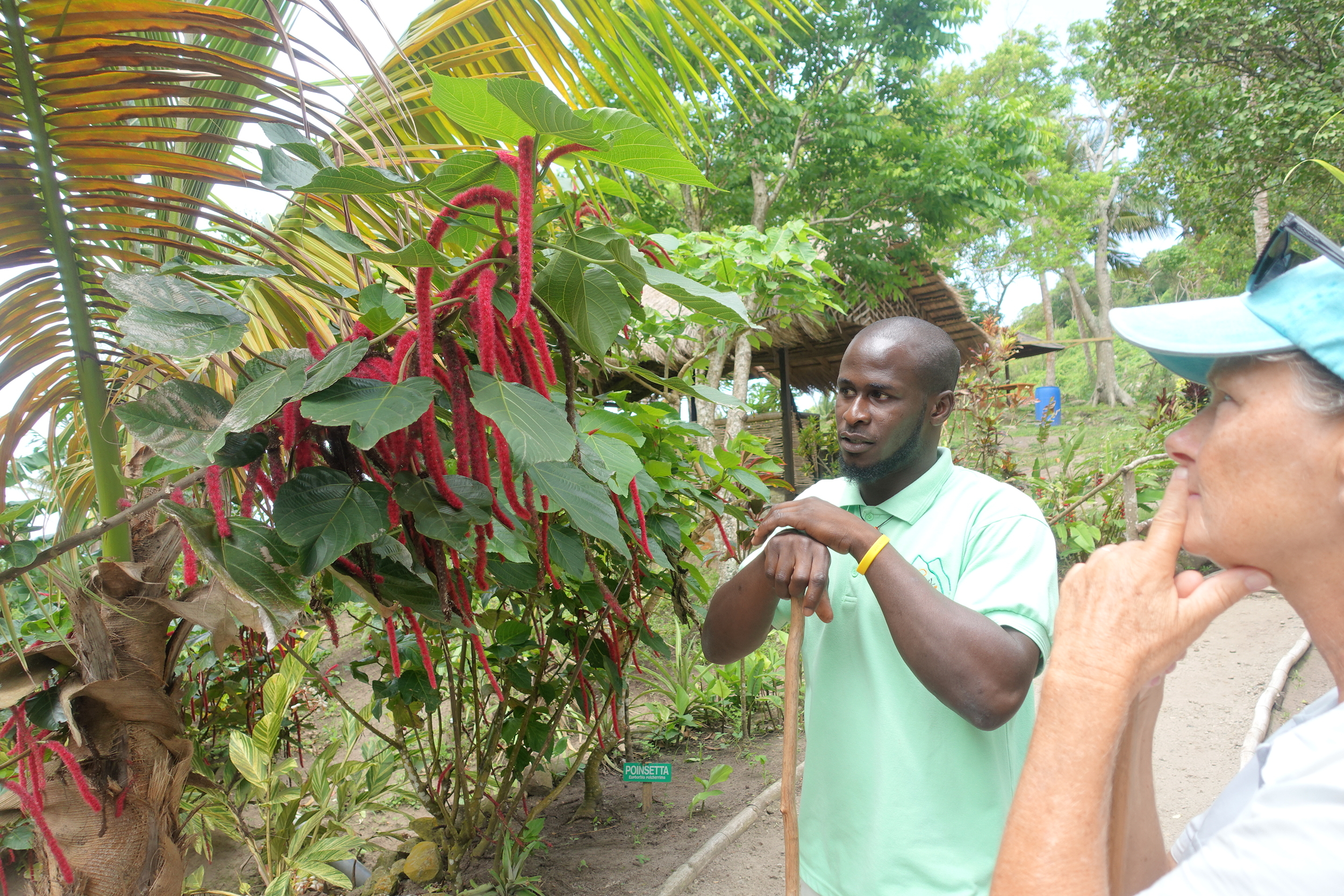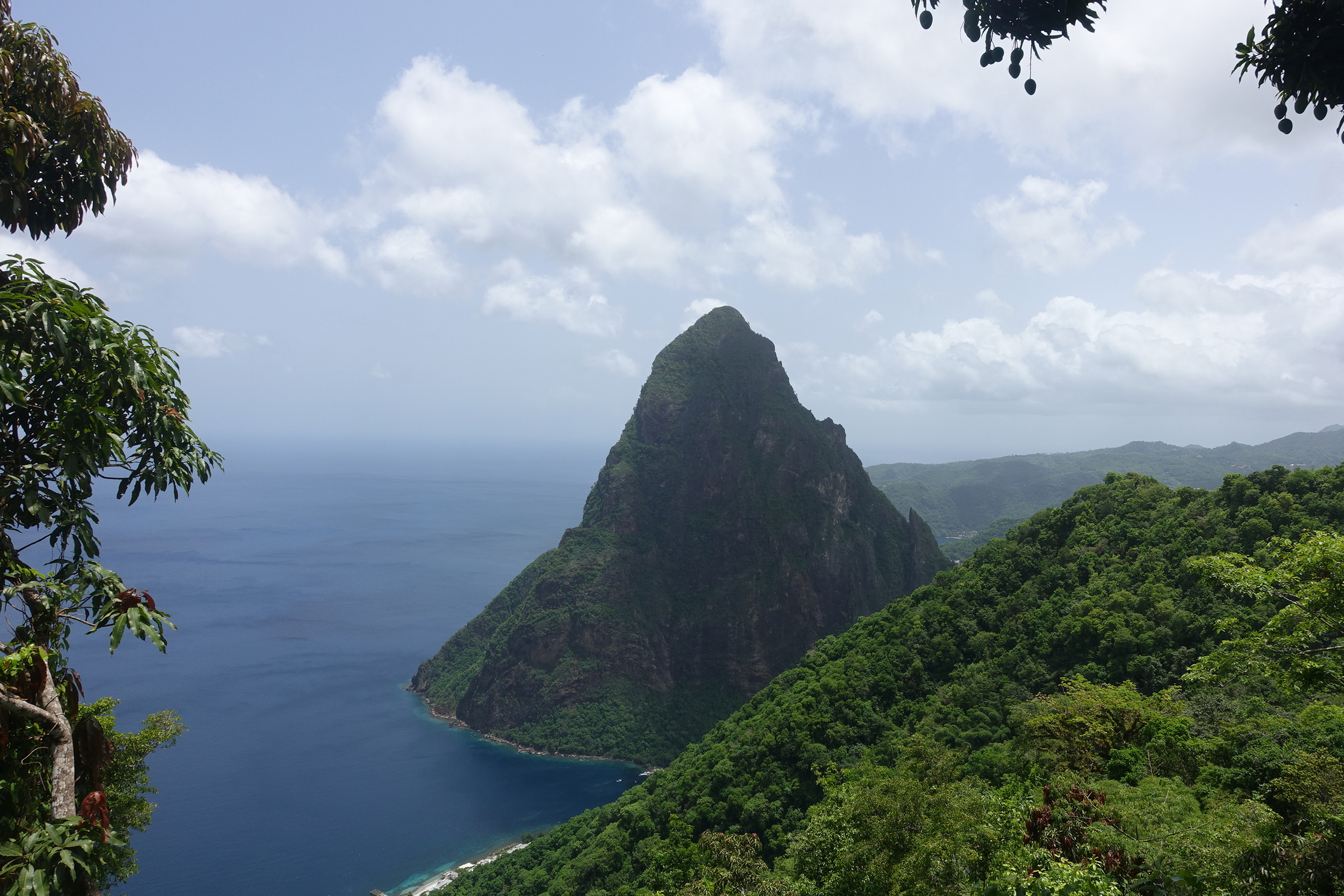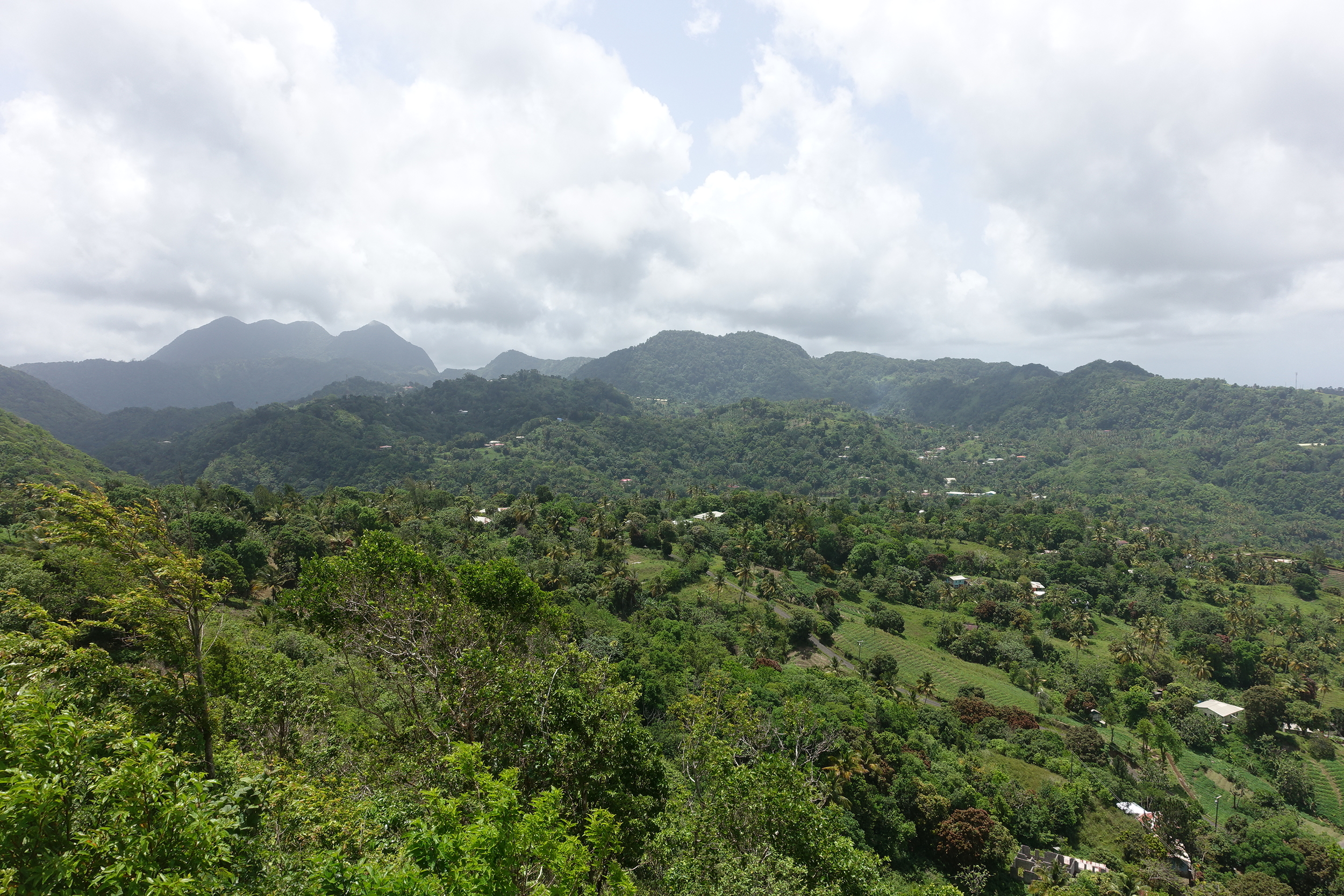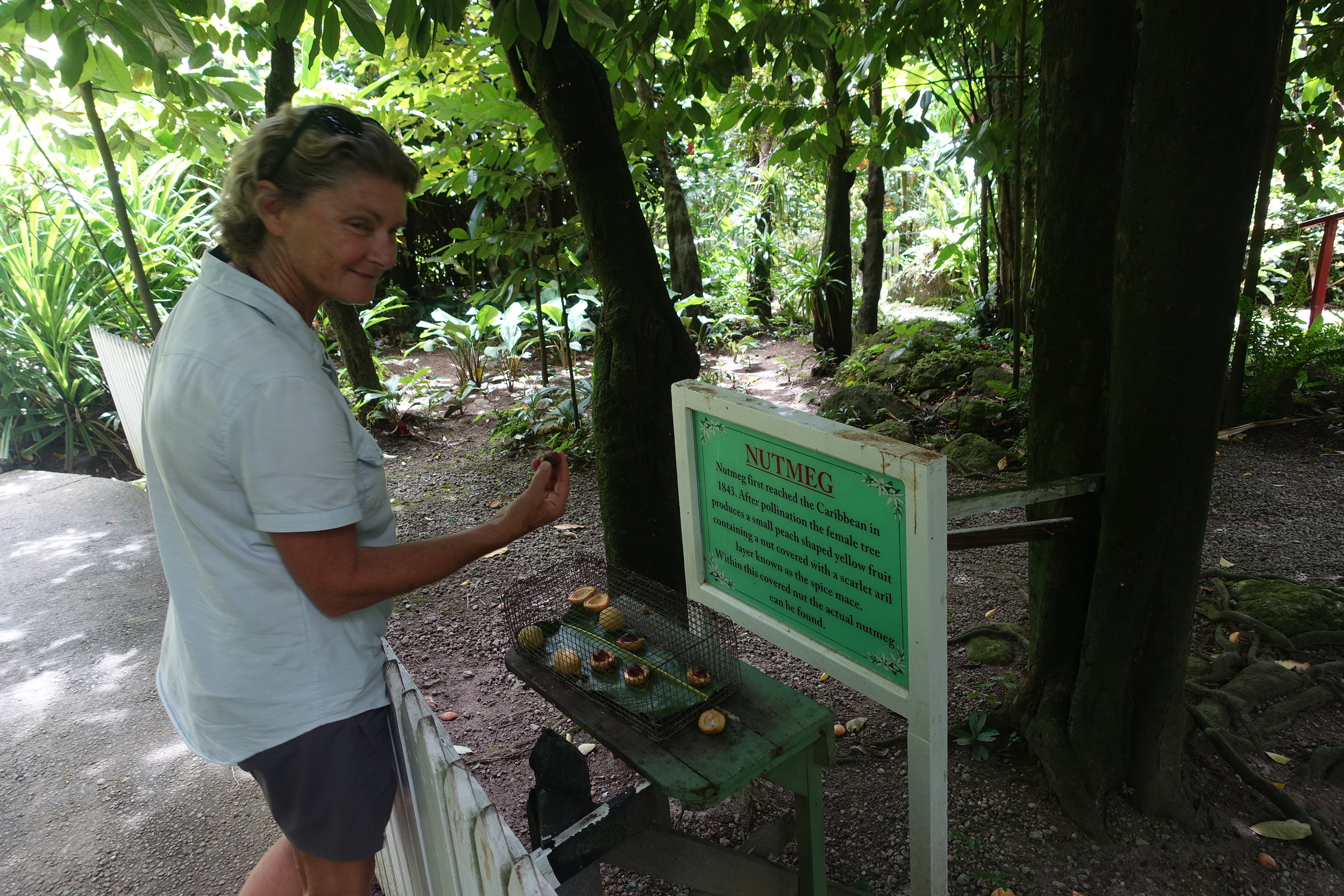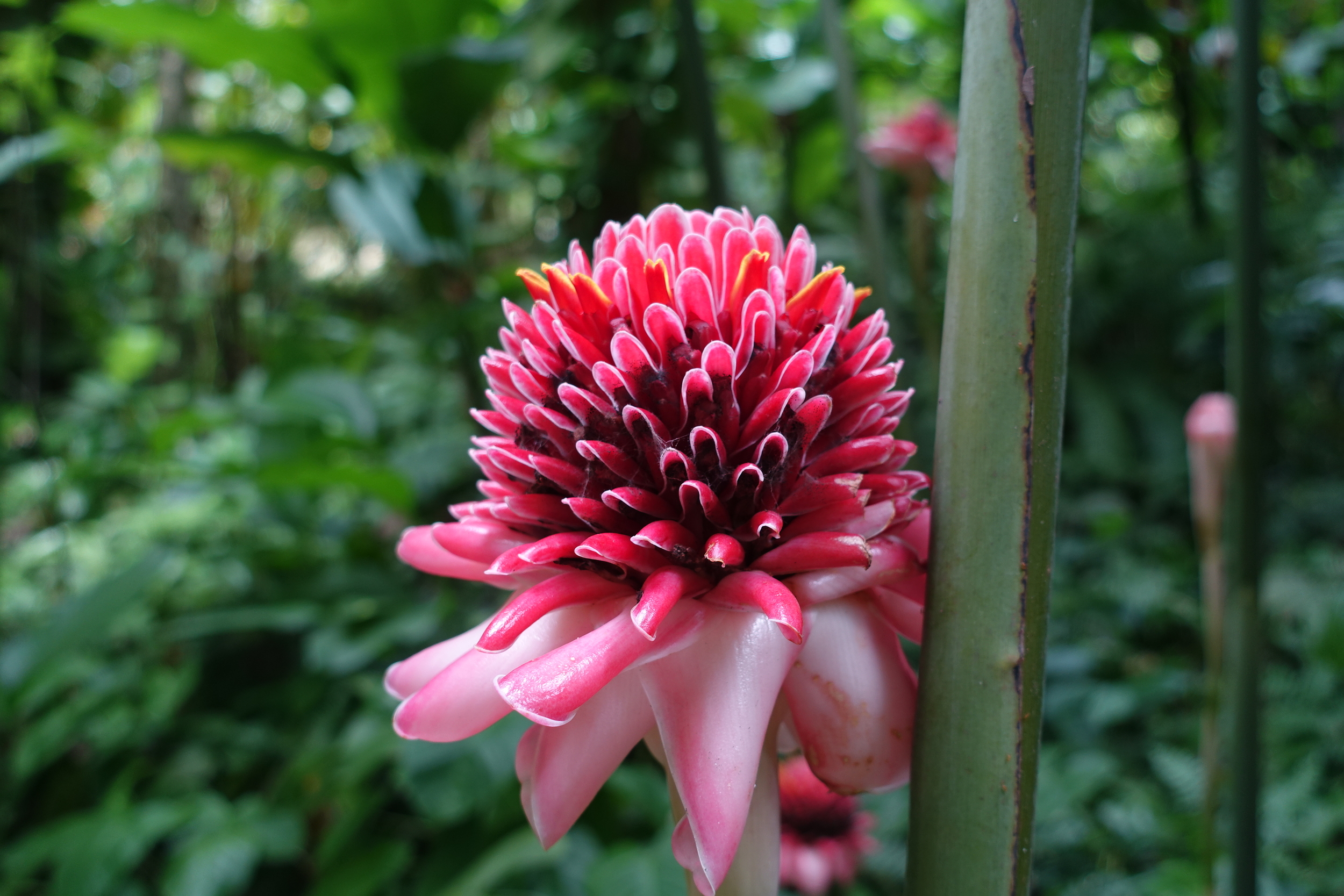St Lucia – Thylacines, Potfish and a Stairway to Heaven
/the pitons and soufriere
Arrival
The propeller driven plane from St Vincent to St Lucia was only about half full – 20 or so people. We arrived at the small George F. Charles airport in Castries that handles regional flights.
At Immigration we were streamed into Locals/CARICOM (Caribbean countries) and Foreigners, with us being the only Foreigners. Looks like a quick passage through Immigration. The Officer asks, “first visit to St Lucia?”
“Yes” we reply.
“Oh my pen doesn't work.” She disappears briefly before reappearing with a replacement pen. “Enjoy your stay” she says. That was painless.
colonial buildings, castries
Next stop Customs. We hand the Customs man our passports. He says something (sum-ting) with a thick West Indian accent, similar to the cricket commentator Michael Holding. We have no idea what he said, but we're used to this by now. You can overhear entire conversations between local people through the Caribbean, in what is purportedly English, and have no clue as to what they are talking about. As tourists people tend to slow right down and annunciate so that we stand a fighting chance of getting their message.
“Sorry, can you repeat that please?”
“OK, mon, j' no d' thylacine?” I think he said thylacine. I thought I’d heard something the first time that sounded a bit like “thylacine” but assumed I was wrong.
“Thylacine?” I ask.
“Yes” he says, the Tasmanian tiger, j' no it?”
We explain that we come from Tasmania, the land of the thylacine. He's impressed. He apparently has had a great interest in the thylacine since seeing a documentary on it many years ago. “J' tink it's still dare?” We tell him that, despite the fact that it is officially extinct, many people think there is chance that it still survives in one of Tasmania’s isolated mountain valleys in the south west of the island. He seems very pleased with this news. No need to inspect our bags. “Have a nice stay in St Lucia”.
Thus was our arrival in the friendly small island nation of St Lucia, which sits to the north of St Vincent and the Grenadines and to the south of Martinique.
Gros Islet
house, gros islet
Our first few nights were at Gros Islet. Gros Islet is a 15 - 20 minute drive to the north of Castries (the capital). It is a small village made up of colourful, wooden shacks along a nice beach. There are a couple of tourist resorts nearby and the bigger resort town of Rodney Bay is a 5 minute drive to the south.
Bay guesthouse
We settle in to the pleasant Bay Guesthouse which is right on the water, and our hostess Stephanie provides us with some useful info on Gros Islet. It is Saturday evening and she recommends the fish barbeque at Duke's (about 200 metres away).
arrived early at dukes
We decide to take her advice and after a short stroll around the town we head for Duke's. It's early. A few people are drinking Pitons (the local beer) and chillin'. The cooks are preparing large meshed grills of fish ready to be barbequed. The friendly owner spots us and provides us with a number on a small plastic card. “Number 4 – you'll be the 4th ones served, so hang onto this”.
duke's at gros islet
As the smell of cooking fish wafts through the evening, people start to appear in greater numbers. We are pleased to have our number 4 card.
The choices are tuna, dorado and potfish. What's potfish? We have it explained that it is smaller than tuna, has a few bones, but very sweet flesh. It's caught using pots, hence the name. The cooks announce that the first mesh grill is ready and it's potfish. We decide to give it a go. Yes, a bit boney, but delicious. It's served with rice and garlic sauce -EC20 /$AUS10 /$US7. Not bad, and washed down with a chilled Piton.
sunset, gros islet
Next day, Sunday, we head for Pigeon Island, less than a kilometre to the north of our Guesthouse.
beach walk to Pigeon island
Pigeon Island was fortified by the British in the 18th Century by Admiral Rodney (hence Rodney Bay) to keep an eye on the French on Martinique only 20 or so klms to the north. It is a St Lucia National Trust site.
entrance to Pigeon island
It turned out to be just about the perfect day out – history (with the fortifications and other historic buildings all explained with interpretation boards), hiking and views (from the two high points of the island where lookout was kept), swimming and snorkelling (at the two beaches on the protected side), and a very nice little restaurant, Jambe De Bois, where we enjoyed “fish filled rotis” and local rum punch. The restaurant was named after the first European settler/pirate who was based here and raided passing ships, and he did indeed have a wooden leg (how's your French?)
All this available for EC18.69/$US7/$AUS10 entrance to the park.
on top of pigeon island
The walk from Bay Guesthouse to Pigeon Island goes along the beach. At one point you meet the Landings Resort. When this was built some years ago they wanted to put in a small internal marina which meant creating an outlet to the sea and hence through the beach. To get permission to do this they needed to guarantee access to all the beach as the beaches are public in St Lucia. Rather than have non-guests walking through the resort they decided to put in a “ferry”. When you arrive at either side of the crossing you ring a bell and someone from the resort comes and ferries you across the 20 or so metres from one side to the other. It's free. And it is probably the world's shortest ferry ride. Any shorter and you could jump across.
Soufriere
Soufriere and petit piton
After a couple of nights in Gros Islet we hired a car and drove to Soufriere in the south, around 37km from Castries. The national flag of St Lucia has a stylised peak which represents one of the two Pitons, the dramatic mountains on the coast overlooking the town of Soufriere that provides one of the most outstanding vistas in the Caribbean. We weren't disappointed.
staying in the town of Soufriere - our street view
Budget accommodation is a little hard to come by in Soufriere, with most tourists staying in resorts. But we managed to find an Airbnb in the town for a little less than $AUS100/$US70 per night.
There are many options for activities around Soufriere. Here are a few we did . Having a car made these accessible in one day. It would've been a struggle with public transport. Our rental car was through Economy Car Rental (econo@candw.lc) cost $AUS100/$US70 per day and they delivered to our guesthouse. The car company let us drop it off at the Ferry terminal in Castries (our next destination was the ferry to Martinique).
Tet Paul Nature Trail
This is a locally run, community project several kilometres to the south of Soufriere that is an organic farm and nature walk. A guide provides commentary on the farm and the various things grown there, while you meander up to some really stunning viewpoints.
The piece de resistance is the view at the top of the “Stairway to Heaven”.
Tet Paul sits, literally between the two Pitons – Gros Piton and Petit Piton and has commanding views of each.
gros piton from the top of the stairway to heaven
Tet Paul costs EC26/$US10 per person. Have a look at their website here.
Sulphur Springs
sulphur springs
A few kilometres back towards Soufriere from Tet Paul is Sulphur Springs.
It promotes itself as the World's only drive through volcano. This region is in fact a caldera - collapsed volcanic rim, and sulphur gases and hot springs are part of the attraction here. The rotten egg gas smell of sulphur fills the air, and tourists come to cover themselves in the healing sulphurous mud. We just opted for the drive through and a visit to the interpretation centre., which has an ok video explaining the area. Cost was EC22/$US8 per person for the drive through and extra for the mud bath. Here is their website.
mud bathers - they paid extra for this.
Diamond Falls Botanical Garden and Mineral Baths
paths through the botanical gardens lead to the falls
Around a kilometre and a half from the heart of Soufriere is Diamond Falls Botanical Gardens and Mineral Baths. Here you'll find a very well maintained tropical botanical garden, with trails that lead to a small waterfall, Diamond Falls.
diamond falls
The water here is full of minerals so flows grey as at Sulphur Springs, or yellow depending on the minerals present. There are also some small therapeutic mineral baths here.
The site dates back to the late 18th century when the French controlled the island (St Lucia was swapped between the French and British 7 times before the British finally ended up with it). The baths were originally built for the troops of King Louis XVI stationed on the island to enjoy. Cost EC15/$US7.50
Anse de Chastanet
anse de chastanet
This is a very nice beach around 3km from Soufriere. Access is through the Anse de Chastanet Resort. There is visitor parking at the resort and it is no problem to walk from the carpark through the resort to the beach.
Off the beach is a marine reserve and we had some of our best snorkelling in the Caribbean so far at both ends of the beach. Unfortunately our underwater camera has had to return to Australia to the camera doctor, so no photos.
Above water there are views of Petit Piton from the northern end of the beach. Cost - free.
Castries
castries
Having completed our time in Soufriere we returned to Castries, dropped off our hire car, and spent a few hours exploring St Lucia's capital, before readying ourselves for an early ferry to Martinique the next day.
view on the drive from Castries to soufriere
We enjoyed St Lucia a lot. It is green and spectacularly mountainous, with excellent beaches and friendly, welcoming people. One of our Caribbean favourites. If you want to know more have a look at the St Lucia Tourist Board website.
Ken











